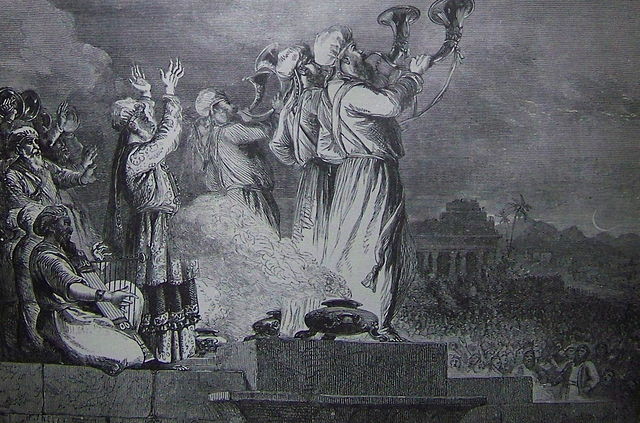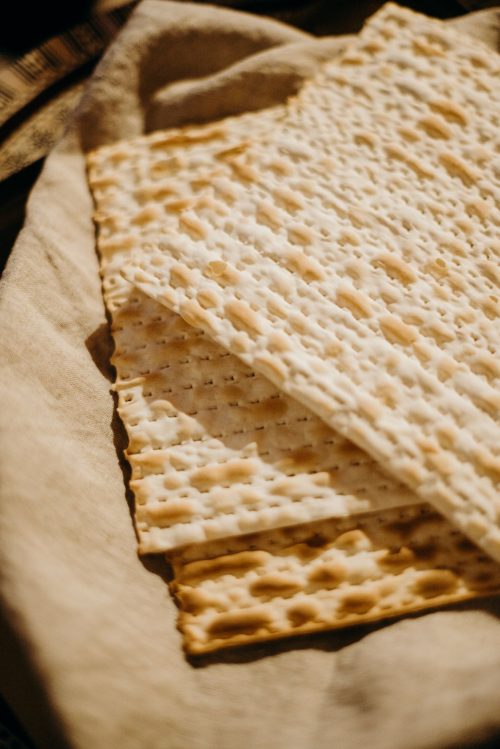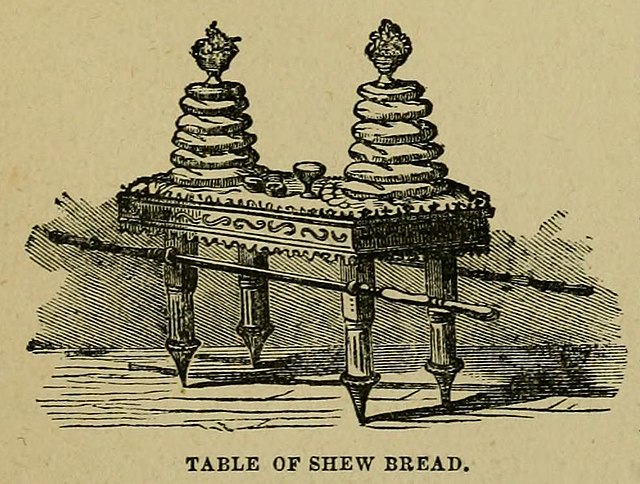The Day of Atonement, also known as Yom Kippur, was an annual festival where an animal would be slain for the complete forgiveness of the Israelites and was the day the High Priest would enter the Holy of Holies. This was held on the tenth day of Tishri each year and can be found in Leviticus 16:1-34.
The first thing Aaron would do was to take a bull for his own sin offering and then two goats, he would cast lots to decide which goat would live and which would die. The goat that was to die would be sacrificed and then the other goat was the scapegoat who would live but would be sent off into the wilderness as a sign that he was carrying away the sins of Israel.
He was to put incense to burn on the altar of incense so that the incense would conceal the atonement cover above the tablets of the covenant of the law and then Aaron or his descendent could go in and sprinkle the blood of the bull and of the goat on the atonement cover. He was also to take blood and put it on the horns of the altar seven times.
Continue reading “DAY OF ATONEMENT”



